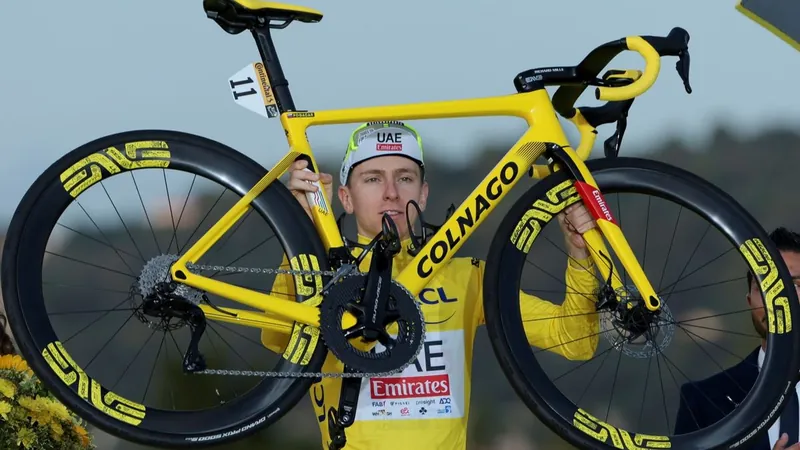
The Crank Revolution: How Tadej Pogačar's Short Crank Arms Could Change Cycling Forever
2025-01-20
Author: Emily
In the competitive world of professional cycling, Tadej Pogačar has quickly positioned himself as the leader of the pack—not only by winning the Giro d’Italia, Tour de France, and World Championships in a single season, but also through innovative adjustments to his bike setup. As many aspiring cyclists and enthusiasts watch his every move, the focus has shifted to his choice of crank arm length: a key yet overlooked component of cycling efficiency.
Pogačar's approach has involved rethinking his riding position. Initially adopting conventional pro setups with a slammed stem and a setback seatpost, he has since made significant shifts. With a straight seatpost and a more forward saddle position complemented by a longer and higher front end, his new biking posture resembles that of time trialists. Central to this evolution is his surprising use of shorter 165 mm crank arms.
But why are the lengths of crank arms drawing attention? For years, cyclists have been universally fitted with similar crank arm lengths—ranging only between 170 mm and 175 mm—regardless of their stature. When considering the diverse heights of cyclists, it begs the question: does it really make sense to use crank arms of nearly identical length for individuals varying by nearly two feet in height?
Shorter cranks are gaining popularity, and for good reason. While traditional wisdom has suggested that varying crank lengths do not impact power output significantly, the influence of crank length on overall fit is fundamental. Longer cranks can contribute to discomfort, especially for those with limited hip mobility, as they force tighter angles at the hip and knee joints during pedaling, potentially leading to pain and poor performance.
Conversely, the subtler movements allowed by shorter cranks facilitate a more natural and comfortable pedaling experience. Riders often notice improved aerodynamics, enhanced stability, and even the ability to maintain an aggressive cycling position without risking saddle sores or lower back pain. This makes shorter cranks especially appealing for criterium and track racers who navigate sharp corners at speed.
Industry insights support this trend for shorter cranks. Renowned frame builder Matt Appleman emphasizes how cycling professionals have increasingly adopted smaller crank sizes as research and resources have made them more accessible. Appleman, who produces lightweight cranksets ranging from 135 mm to 175 mm, asserts that shorter cranks can enhance hip stability, thus fortifying the core’s strength during pedaling.
Real-life testing and personal experimentation with crank lengths can yield surprising results. Many cyclists transitioning from longer to shorter crank arms report an initial period of adjustment where the shorter felt mundane, only to find feeling of awkwardness upon returning to their previous setups. In my own trials, I experienced a refreshing dynamism in pedaling cadence even while climbing steep inclines—where I initially presumed leveraging power would suffer. In reality, the improved leg speed outweighed the decreased torque on steep pitches.
The broader implications of Pogačar’s preference for short cranks go beyond personal comfort. The cycling community appears on the cusp of a design revolution in bike fitting, leveraging shorter crank lengths to create superior geometries. As the sport gradually sheds outdated norms, cyclists of all levels may benefit from methodologies that prioritize ergonomic comfort and optimization.
While shorter crank arms may not suit every cyclist, particularly those on the taller end of the spectrum, they certainly offer untapped potential for average-height and shorter individuals. With Pogačar leading the charge, the cycling world is witnessing a paradigm shift—a move towards bike designs that cater not only to performance but also to the rider's overall experience. Are you ready to explore the revolutionary world of short crank arms?


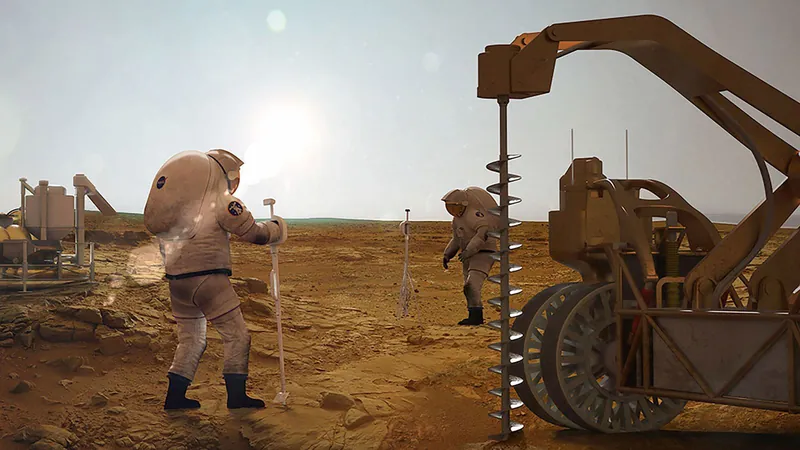

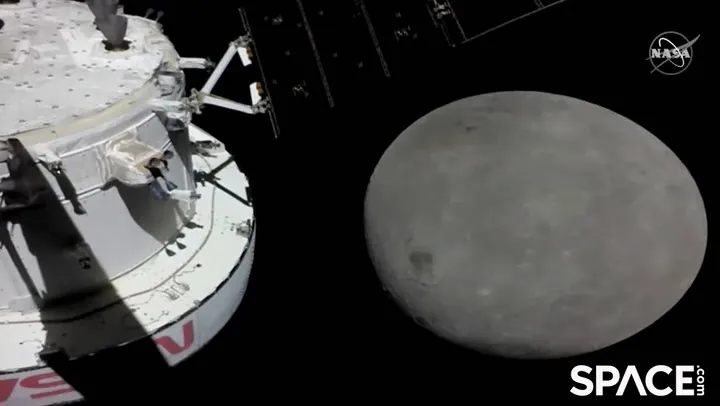
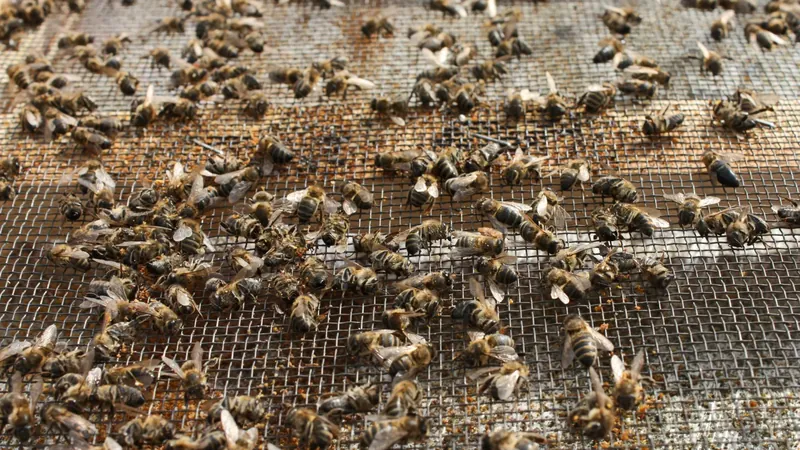
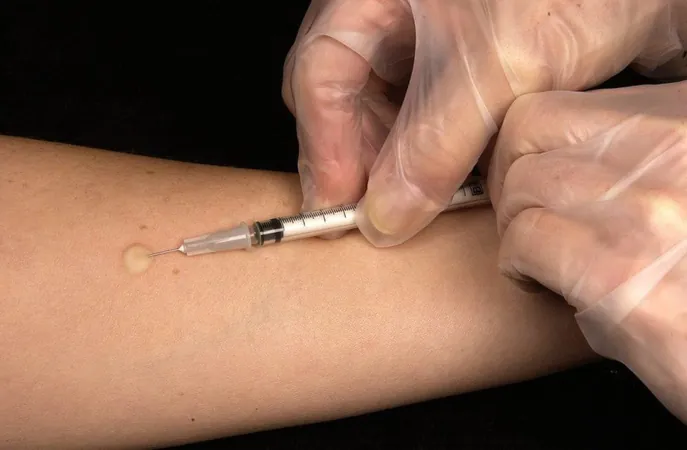
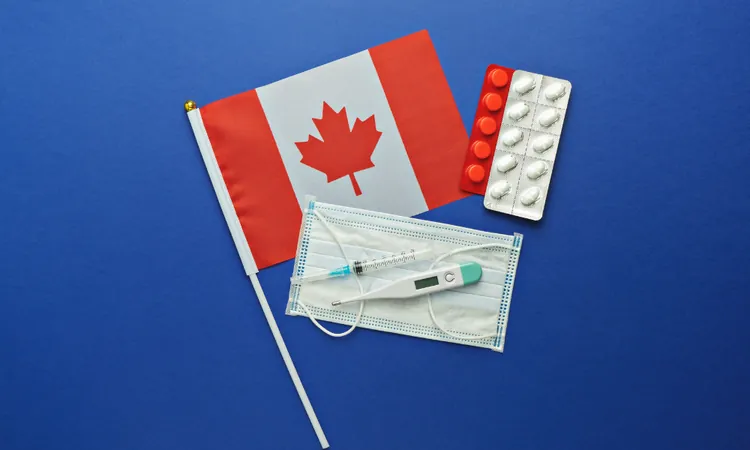
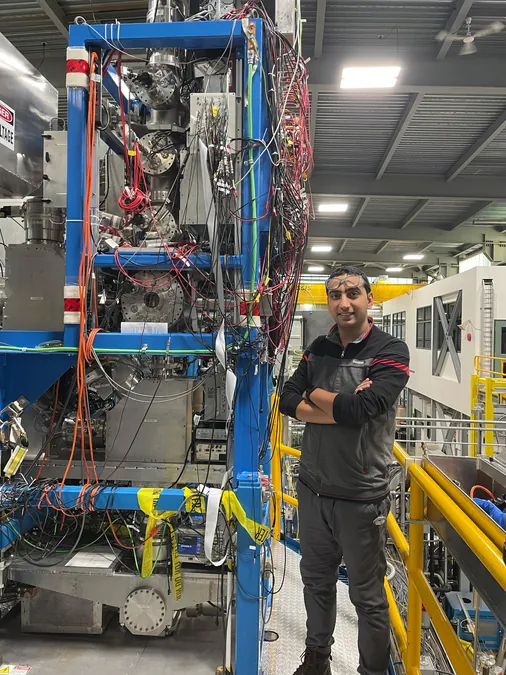
 Brasil (PT)
Brasil (PT)
 Canada (EN)
Canada (EN)
 Chile (ES)
Chile (ES)
 Česko (CS)
Česko (CS)
 대한민국 (KO)
대한민국 (KO)
 España (ES)
España (ES)
 France (FR)
France (FR)
 Hong Kong (EN)
Hong Kong (EN)
 Italia (IT)
Italia (IT)
 日本 (JA)
日本 (JA)
 Magyarország (HU)
Magyarország (HU)
 Norge (NO)
Norge (NO)
 Polska (PL)
Polska (PL)
 Schweiz (DE)
Schweiz (DE)
 Singapore (EN)
Singapore (EN)
 Sverige (SV)
Sverige (SV)
 Suomi (FI)
Suomi (FI)
 Türkiye (TR)
Türkiye (TR)
 الإمارات العربية المتحدة (AR)
الإمارات العربية المتحدة (AR)